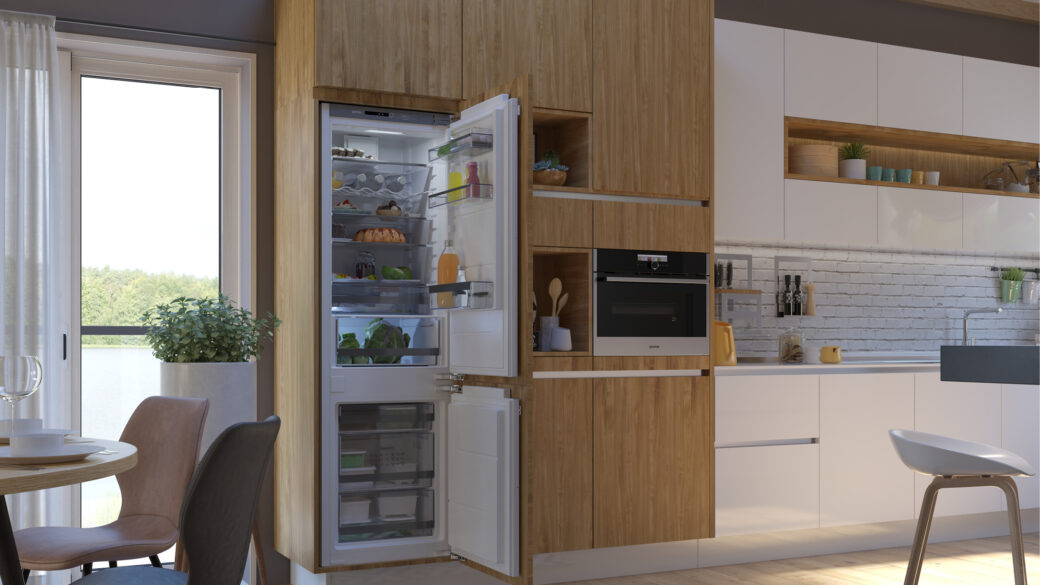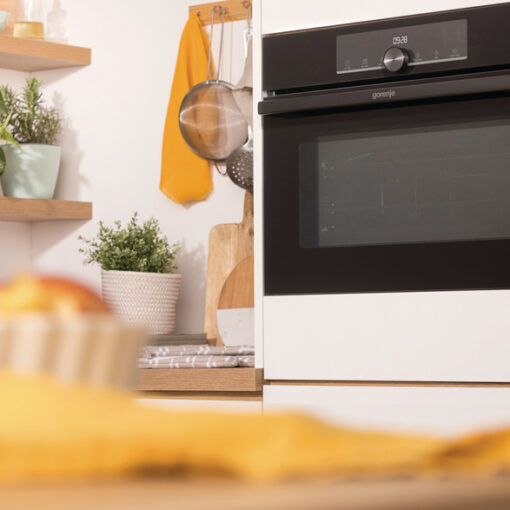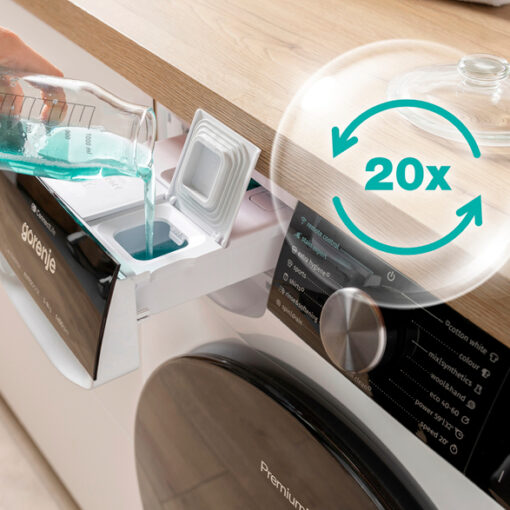Getting the best out of your freezer

Freezing is one of the easiest, fastest and most versatile methods of extending the shelf life of foods. It’s also the ideal technology for preserving the nutritional value of foods. Properly frozen foods exhibit less change in color, taste, and texture compared to other methods. Of course, it’s essential to take good care of the freezer itself as well as its contents, so here are some tips that will help you make the most of your freezer:
- Place the freezer in a cool, dry area with a constant temperature.
- For efficient operation, the freezer should be at least three-quarters full as this also reduces food temperature fluctuations which otherwise adversely affect the quality of frozen food.
- Do not store the food in the freezer for too long. Instead, take care to constantly change the food in the freezer. Rotate the food by placing the new packages in the back and the old ones in the front so they are readily available.
- In theory, lean foods retain their quality better and have a longer shelf life than fatty foods. Keep in mind that salt shortens the storage time of any food.
- Open the freezer door for as little time as possible and do not leave it open longer than necessary. Using a list of packaged food stored in the freezer will help you find the items you’re after faster.
Aim for -18 °C
If your freezer has a power-saving feature, turn it on. It is usually labeled as “eco” or a similar setting. If your appliance does not have this function, set it to -18°C. If necessary, place the appropriate thermometer in the freezer and adjust the setting so that such temperature is reached. You should repeat this procedure if the room temperature (where the freezer is located) varies a lot, e.g. if the temperature rises above 35°C in summer or falls below 15°C in winter.
Recommended time to store food in the freezer
Different foods will last differently in the freezer. Keep these in mind.
| Food | Time |
| fruit, beef | 10 to 12 months |
| vegetables, veal, poultry | 8 to 10 months |
| venison | 6 to 8 months |
| pork | 4 to 6 months |
| minced meat | 4 months |
| bread, pastries, ready meals, lean fish | 3 months |
| offal | 2 months |
| smoked sausages, oily fish | 1 month |
We recommend storing all foods at a temperature of -18°C.
Clean it regularly
Clean the freezer door seals regularly with a cloth dampened in water or mild soap. Also, check that the seal is doing its job, using the banknote trick: place a banknote between the door seal and the freezer (in several places). Close the freezer door. If you pull out the banknote easily, it means that the door does not seal well enough in that place and you need to replace it.
Also, regularly clean the condenser, which is a black mesh on the back of the appliance. Use a soft brush or a vacuum cleaner. The dust accumulated on the condenser degrades the operation of the appliance and increases the consumption of electricity. We recommend cleaning the condenser at least once a year.
If you bought a freezer with the so-called No Frost functionality this means that defrosting is not necessary because it’s done automatically. Occasional icy coatings automatically disappear. However, if you have a classic freezer, it is necessary to defrost it regularly, namely when you see between 3 and 5 mm of ice accumulated on the cooled surfaces.






